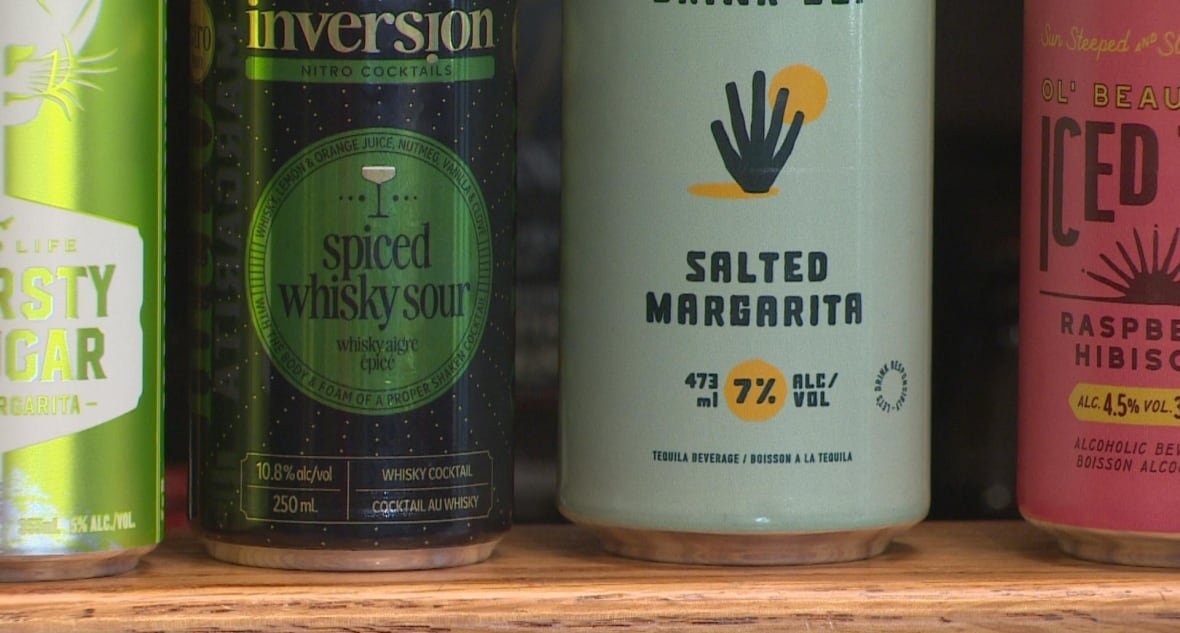If you’ve ever consumed a can of Cutwater and were surprised by its high alcohol content, TikTok users are sharing similar experiences.
Consumers are taking to social media to express their astonishment at the potency of canned cocktails.
A Canadian user on TikTok remarked, “One can, I’m drunk. Suddenly we have this one option at the liquor stores that just gets you wasted.”
Another user noted that the effects of a single can felt comparable to taking multiple shots.
Despite their standard 355-milliliter size, some flavors of these canned cocktails deliver a significantly stronger kick than a regular beer, boasting an alcohol percentage of 12.5% as indicated on the packaging.
Cutwater is not alone in offering high alcohol-by-volume (ABV) beverages. Brands like Dillon’s and Founder’s also sell canned cocktails at 12.5% ABV, while Mike’s Hard, White Claw, Twisted Tea, and others have introduced higher alcohol variants of their original products.

Ready-to-drink beverages (RTDs), including pre-made cocktails and hard seltzers, have experienced significant growth in recent years. The Liquor Control Board of Ontario (LCBO) reports that RTDs are among the fastest-growing categories in the beverage industry, with sales reaching $745.1 million in 2024, a 9.5% increase. Nationwide, sales of ciders, coolers, and RTDs totaled approximately $2.29 billion in 2023-24, more than double the figures from 2018-2019, according to Statistics Canada.
With the rising demand for higher ABV beverages, the market has expanded. However, consumers may not be fully aware of the alcohol content in these products due to the plethora of new options available.
Rising Demand for Stronger Drinks
Andrew Ferguson, owner of Kensington Wine Market in Calgary, notes that the increasing desire for potent drinks has led to the emergence of boozier pre-made cocktails.
Ferguson explains, “People seek beverages that are perhaps twice as strong as the average RTD, which is why they are being bottled at 10% or 11%. Whether all consumers are cognizant of this is another matter.”

Consumers are accustomed to most cans containing around 5% alcohol, according to Ferguson. He adds, “The average consumer likely assumes that all cans contain a similar alcohol content, leading to little differentiation.”
Marten Lodewijks, president of the North American branch of the alcohol industry research group IWSR, highlights that consumers may not fully understand the implications of different alcohol percentages despite numeric indications on the packaging.
Lodewijks explains, “While consumers can grasp that seven is greater than five and ten is greater than seven, the actual strength represented by these percentages may not be clear to them.”
Evolution in Can Marketing – Pay Attention to Details
Regarding higher alcohol content beverages, Lodewijks emphasizes a value proposition – cans at a standard

